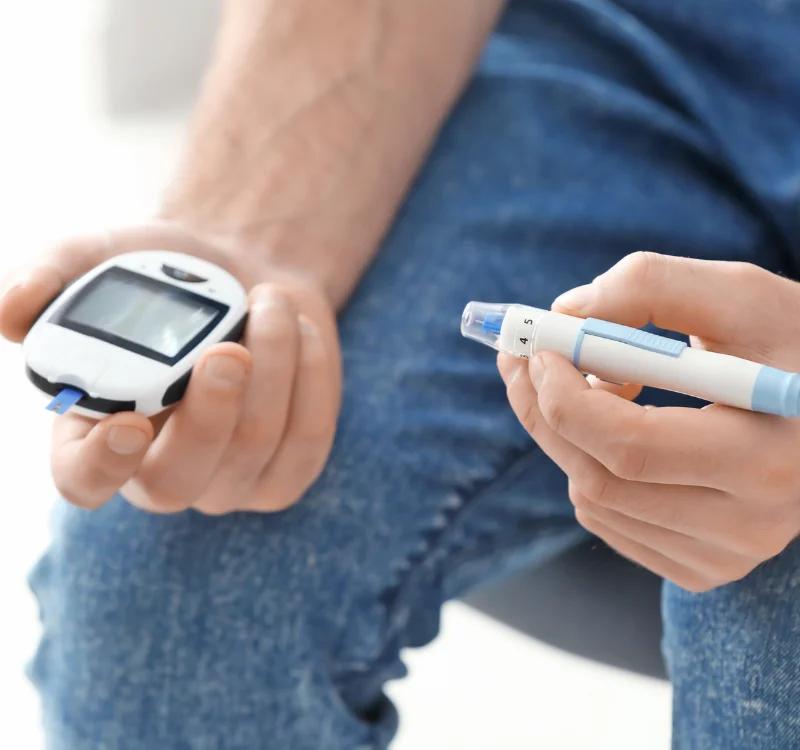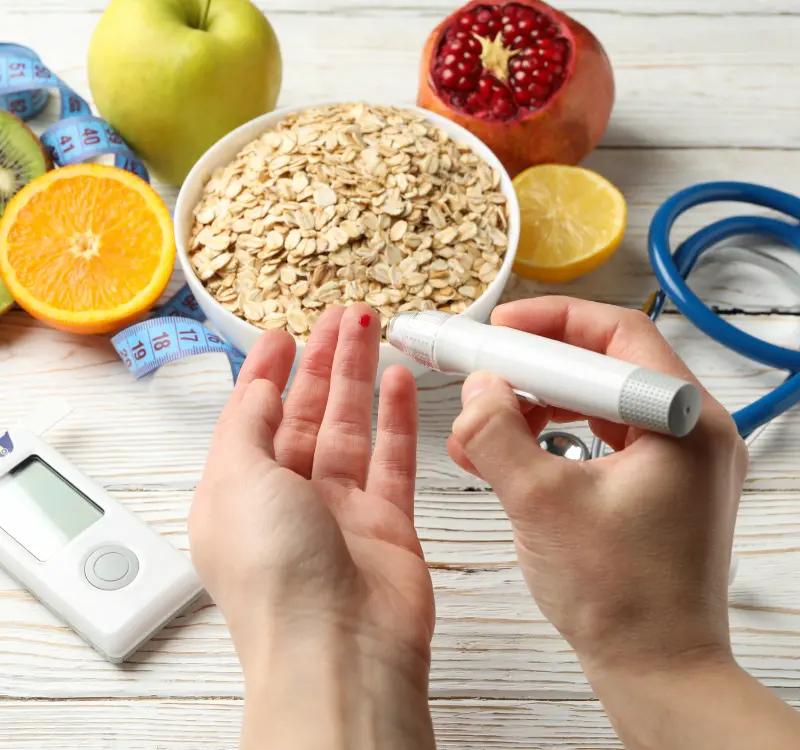Diabetes in Women: Common Challenges and How to Overcome Them Warning Signs to Know
Sep 06, 2024

Diabetes is a long-term disease that exists in people of all ages and across the globe. It is characterized by high blood sugar levels resulting from insufficient production of insulin or the effective utilization of insulin, which is a hormone that regulates blood sugar levels. Like other medical conditions, diabetes is known to affect both male and female persons; however, female persons may be faced with special complications.
Table of Contents:
What is Diabetes?
Diabetes is a metabolic disorder characterized by high blood sugar levels. There are two main types of diabetes:
1. Type 1 Diabetes: This form of diabetes occurs when the immune system attacks the insulin-producing cells in the pancreas. It is usually diagnosed in children and young adults and requires lifelong insulin therapy.
2. Type 2 Diabetes: This is the more common type, typically developing in adults over 45. It happens when the body becomes resistant to insulin or the pancreas fails to produce enough insulin. Lifestyle factors like poor diet and lack of exercise play a significant role in its development.
Causes of Diabetes in Women
The causes of diabetes can vary between individuals, but several factors can increase the risk, particularly in women:
1. Genetics: The role of family history cannot be overlooked. If your parents or siblings have diabetes, it also increases your risk of developing the disease. This is because you might inherit genes that make you more likely to get diabetes, and you may share similar lifestyle habits with your family.
2. Hormonal Changes: Female hormones statistics may vary due to emotions such as pregnancy, menopause, polycystic ovary syndrome (PCOS), which affect insulin resistance.
3. Pregnancy: Gestational diabetes is diabetes that develops during pregnancy which has posinbility of development pf type 2 diabetes in woman. Women who have had gestational diabetes should monitor their blood sugar levels regularly and maintain a healthy lifestyle to reduce their risk.
4. Lifestyle Factors: They include lack of physical activity, poor dieting, and excess body weight. Maternal obesity and poor diets among female populations increase the chances of diabetes among the female community.
5. Age: People who develop type 2 diabetes are older than 45 years of age. However, due to rising obesity rates and unhealthy lifestyles, this condition is increasingly being diagnosed in younger adults and even adolescents.
6. Medical Conditions: Other factors that put one at a higher risk of developing diabetes include high blood pressure, high cholesterol and factors that lead to metabolic syndrome. People who develop type 2 diabetes are older than 45 years of age.
Early Symptoms of Diabetes in Women
1. Frequent Urination: The management of high blood sugar levels can lead to an increase in the amount and frequency of urine produced.
2. Excessive Thirst: This means that you might experience excessive thirst as the body seeks to make up for the loss of fluids through the production of urine.
3. Fatigue: High levels of glucose in the bloodstream inevitably lead to fatigue.
4. Blurred Vision: This is because high blood sugar affects the eye muscles that enables one to focus, hence blurred vision is observed.
5. Unexplained Weight Loss: In Type 1 diabetes, the body may begin metabolizing muscles and fats for energy, which leads to weight loss.
6. Slow-Healing Wounds: Hyperglycemia makes it difficult for your body to heal cuts, wound, and any kind of infection.
7. Frequent Infections: Women with diabetes have a higher risk of developing UTI as well as yeast infections.
Ayurvedic Ways to Control Diabetes
Ayurveda, the traditional Indian system of medicine, offers natural methods to help manage diabetes. Here are some Ayurvedic tips to control blood sugar levels:
1. Herbal Remedies: Several herbs help to manage diabetes some of them are:
. Neem: Neem is Known for its blood-purifying properties, neem can help lower blood sugar levels.
. Bitter Melon (Karela): This vegetable has insulin-like properties and can improve glucose tolerance.
. Fenugreek: Rich in soluble fiber, fenugreek helps improve insulin sensitivity.
2. Dietary Changes: Ayurveda suggests a balanced diet to manage diabetes:
. Whole Grains: Eating whole grains like brown rice, quinoa, and barley, which have a lower glycemic index.
. Green Leafy Vegetables: Spinach, kale, and other greens can help regulate blood sugar.
. Spices: Turmeric and cinnamon are known for their anti-inflammatory and blood sugar-lowering properties.
3. Lifestyle Modifications:
. Regular Exercise: Physical activity is crucial in Ayurveda for maintaining a healthy balance in the body. Activities like yoga and walking can help manage blood sugar levels.
. Stress Management: Ayurveda recognizes the impact of stress on health. Practices such as meditation, deep breathing, and relaxation techniques can be beneficial.
4. Hydration: Drinking plenty of water is recommended to help flush out toxins and maintain optimal hydration levels.
5. Ayurvedic Formulations: Consult an Ayurvedic practitioner for personalized formulations and treatments that can support your blood sugar management.
Conclusion
Diabetes is a leading health issue that affects various women globally. Causal factors, signs, and possible interventions are equally important in preventing the conditions and preserving lives. Nevertheless, traditional remedies are still critical; however, along with them, Ayurvedic approaches can be helpful to regulate sugar levels. Diabetes is a preventable disease requiring a holistic approach where women take responsible decisions, seek medical advice, and make necessary lifestyle changes so as to live a healthy life.
Frequently Asked Questions
Yes, early signs of type 1 diabetes in women can include sudden weight loss, extreme fatigue, frequent urination, and persistent thirst.
Common symptoms to monitor include excessive hunger, unexpected weight loss or gain, frequent infections, and slow-healing wounds.
The first signs of diabetes in women may include unexplained weight loss, persistent thirst, frequent urination, and fatigue.
Type 2 diabetes symptoms in women often include increased thirst, frequent urination, hunger, fatigue, and blurred vision.
You can know if you have diabetes through symptoms like frequent thirst and urination, a blood sugar test, and a diagnostic evaluation by a healthcare provider.
Symptoms of high blood sugar in women can include frequent urination, extreme thirst, tiredness, blurred vision, and slow-healing wounds.
Early symptoms of diabetes in women include frequent urination, excessive thirst, fatigue, blurred vision, and unexplained weight loss.















